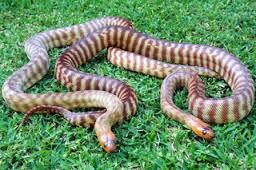starter
Member
Hi! My Veiled Yemen chameleon eggs have been in the incubator for almost 6 months and I expect the babies to start hatching soon. As it is my first batch, do you have any information, recommendations, and advice for me? For example, will the babies know naturally how to feed, drink, and move to and from the lights, or will they need any specific help with it? Can I pick them up right after hatching or shall I wait until they are dry and start moving around? How soon after hatching shall I offer them the first food and what do you recommend - baby crickets, baby locusts, calciworms? Well dusted - or shall I rather be careful with powder additives? And at what age shall I start advertising them for sale? I live in the UK, southern England.




![IMG_1727[1].JPG IMG_1727[1].JPG](https://www.chameleonforums.com/data/attachments/221/221381-fc78cab7fb1f4f2ff5344f24348f582f.jpg)
![IMG_1728[1].JPG IMG_1728[1].JPG](https://www.chameleonforums.com/data/attachments/221/221382-51bde67c327d51563aa2c9312f831fe1.jpg)


